Home>Garden Essentials>How To Create A Green Space On A Roof
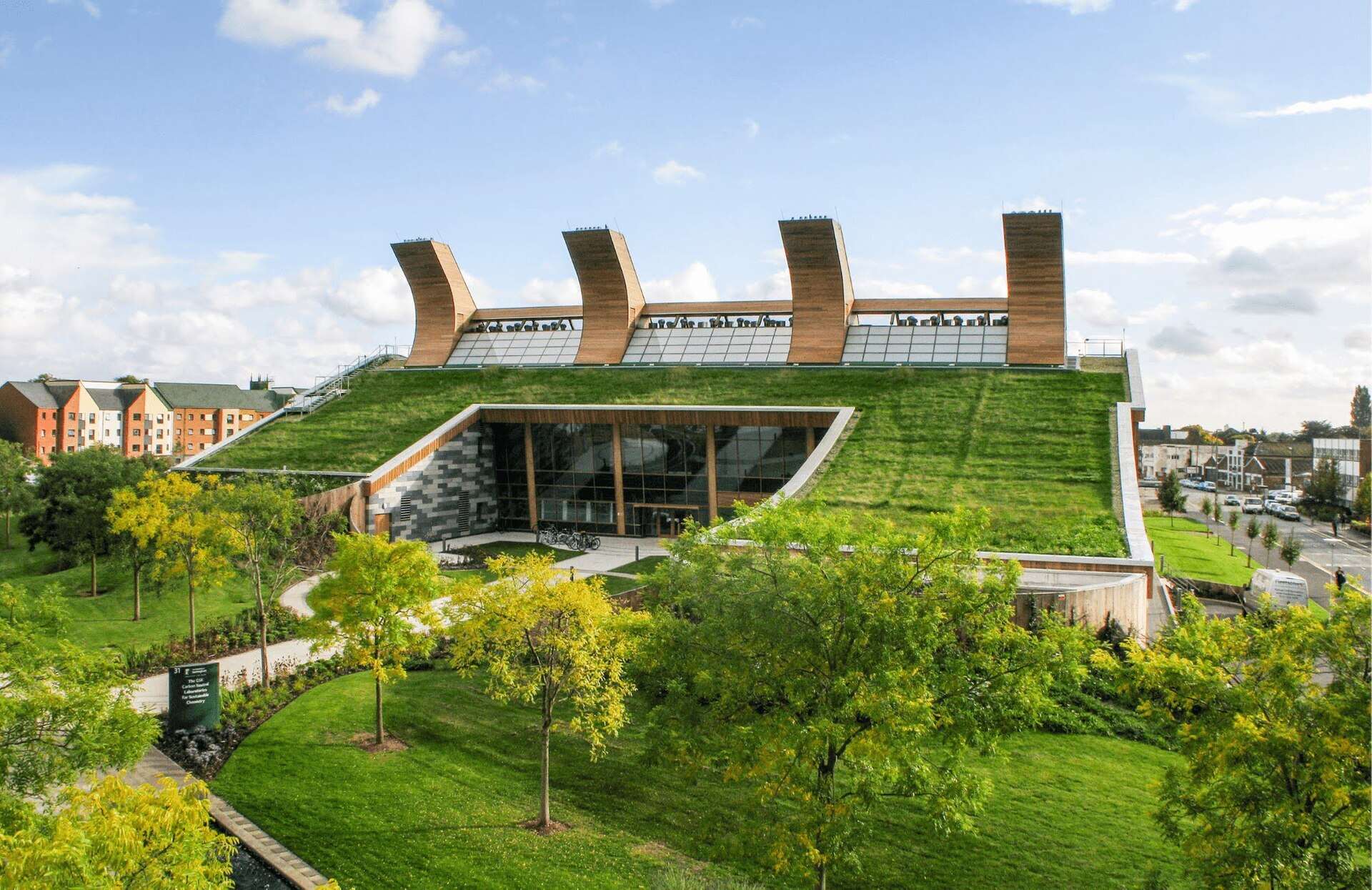

Garden Essentials
How To Create A Green Space On A Roof
Modified: November 1, 2024
Discover how to transform your roof into a lush garden oasis with our step-by-step guide on creating a green space. Enhance the beauty of your home while promoting eco-friendly living.
(Many of the links in this article redirect to a specific reviewed product. Your purchase of these products through affiliate links helps to generate commission for Storables.com, at no extra cost. Learn more)
Introduction
Gardening is a beloved hobby for many people, but what if you want to take your green thumb to new heights? Creating a green space on a roof is a unique and innovative way to bring nature into urban environments and maximize the use of available space. Whether you have a small rooftop terrace or a larger commercial building, designing a green roof can provide a multitude of benefits for both the environment and the building occupants.
Green roofs, also known as rooftop gardens or living roofs, have gained popularity in recent years due to their numerous advantages. They not only enhance the aesthetics of a building by providing a lush and vibrant landscape but also offer environmental benefits such as pollution reduction, stormwater management, energy efficiency, and habitat creation.
In this article, we will explore the different aspects involved in creating a green space on a roof. We will discuss the benefits of green roofs, the planning and design process, structural considerations, plant selection, installation of waterproofing and root barriers, choosing the proper growing medium, irrigation systems and maintenance, establishing and caring for green roof vegetation, and monitoring and troubleshooting.
So, if you’re ready to transform your barren rooftop into a thriving green oasis, let’s dive into the world of green roofs and uncover the secrets of creating a sustainable and visually stunning green space!
Key Takeaways:
- Green roofs bring nature to urban areas, providing benefits like cleaner air, energy efficiency, and a beautiful space for people and wildlife to thrive.
- Careful planning, plant selection, and maintenance are essential for successful green roofs, creating sustainable and visually stunning rooftop gardens.
Read more: How To Build A Green Roof On A Shed
Benefits of Green Spaces on Roofs
Green spaces on rooftops offer a wide array of benefits that contribute to a more sustainable and livable environment. Let’s explore some of the key advantages:
- Environmental Benefits: One of the primary benefits of green roofs is their ability to improve air quality. The vegetation on rooftops absorbs carbon dioxide and releases oxygen, reducing air pollution and mitigating the heat island effect in urban areas. Green roofs also act as natural filters, trapping dust and pollutants from the air. Additionally, they help to manage stormwater runoff by absorbing rainwater and reducing the burden on traditional drainage systems.
- Energy Efficiency: Green roofs provide excellent insulation, reducing the need for heating and cooling. By creating an additional layer of vegetation, they help regulate indoor temperatures, reducing energy consumption and lowering utility costs. This thermal insulation effect is especially beneficial in urban areas where buildings are closely spaced and heat transfer between structures is common.
- Aesthetic Appeal: Rooftop gardens add a touch of beauty and rejuvenation to urban landscapes. They provide a green space where people can relax, unwind, and connect with nature. The sight of lush plants and colorful flowers atop buildings creates a pleasant contrast to the concrete and glass surroundings, enhancing the overall visual appeal of the area.
- Improved Health and Well-being: Green spaces have a positive impact on human health and well-being. Access to nature has been proven to reduce stress levels, improve mental health, and increase productivity. Rooftop gardens offer the opportunity for building occupants to connect with nature without leaving the premises, promoting a healthier and happier lifestyle.
- Biodiversity and Habitat Creation: Green roofs provide valuable habitats for birds, insects, and other wildlife. By creating a diverse and ecological rooftop ecosystem, we can help support and protect local biodiversity, especially in urban environments where green spaces are limited. Rooftop gardens play a vital role in urban biodiversity conservation and contribute to the overall health of the ecosystem.
These are just a few of the many benefits that green spaces on roofs offer. From environmental sustainability to improved well-being, green roofs have the potential to make a significant positive impact on cities and their inhabitants. So why not transform your rooftop into a flourishing oasis that provides beauty, environmental benefits, and a sanctuary for both humans and wildlife?
Planning and Designing a Green Roof
Creating a green roof requires careful planning and thoughtful design to ensure its success. Here are the key considerations for planning and designing a green roof:
- Structural Assessment: The first step is to assess the structural capacity of the roof to support the additional weight of the vegetation, soil, and water. Consult with a structural engineer to determine if any modifications or reinforcements are necessary to ensure the roof can safely accommodate a green space.
- Goal and Function: Define the purpose of your green roof. Are you creating a rooftop garden for aesthetic appeal, or do you want to focus on environmental benefits? Determine the intended function of the green roof and prioritize the goals accordingly.
- Access and Usage: Consider how the green roof will be accessed and how it will be used. Will it be a public space or a private retreat? Determine whether amenities such as seating areas, walking paths, or recreational facilities need to be incorporated into the design.
- Climate and Environment: Analyze the local climate and environmental conditions to select appropriate plant species and adapt the design to the specific region. Consider factors such as sun exposure, wind patterns, and rainfall levels to ensure the chosen plants can thrive in the given conditions.
- Design Elements: Incorporate design elements that enhance the aesthetic appeal of the green roof. This can include creating different planting zones, adding vertical gardens or trellises, and incorporating features such as water elements or sculptures. The design should complement the architectural style of the building and create a visually pleasing space.
- Integration with the Building: Coordinate with architects and engineers to seamlessly integrate the green roof into the building’s overall design. Consider factors such as drainage systems, rooftop access points, and compatibility with existing structures and utilities.
- Maintenance and Sustainability: Pay attention to the long-term maintenance requirements of the green roof. Ensure that the design allows for efficient irrigation, drainage, and maintenance access. Opt for organic and sustainable practices to minimize the impact on the environment.
By carefully considering these aspects, you can create a well-planned and thoughtfully designed green roof that meets your goals and enhances the overall functionality and beauty of the space. Planning and designing a green roof is an exciting opportunity to bring nature to urban environments and make a positive impact on the environment and the well-being of building occupants.
Structural Considerations
When creating a green roof, it is essential to take into account the structural considerations to ensure the safety and stability of the building. Here are some key factors to consider:
- Weight Capacity: Determine the weight capacity of the roof structure to support the additional load of the green roof. This includes not only the weight of the plants and the growing medium but also the weight of water during rainfall. Consult with a structural engineer to verify the load-bearing capacity of the roof and make any necessary reinforcements.
- Type of Green Roof: The type of green roof you choose will impact the structural requirements. Extensive green roofs, which have a thinner growing medium and lighter plantings, are generally lighter and require less structural support than intensive green roofs with deeper soils and larger plants. Consider the purpose of the green roof and the weight implications when selecting the type.
- Distribution of Weight: Ensure that the weight of the green roof is evenly distributed across the roof surface. This helps to prevent excessive stress on specific sections of the roof and maintains the overall stability of the structure. Incorporate load-bearing elements, such as support beams or columns, to evenly distribute the weight of the green roof throughout the building.
- Waterproofing and Drainage: Proper waterproofing is crucial to prevent water from infiltrating the building. Install a reliable waterproofing system that can withstand the additional moisture from the green roof. Additionally, design an effective drainage system to channel excess water away from the roof, preventing water buildup and potential structural damage.
- Wind Uplift: Green roofs are exposed to wind forces, which can cause uplift and put additional stress on the structure. Consider the wind load calculations and incorporate windbreaks or wind-resistant vegetation to minimize the risk of uplift. Consult with a structural engineer to ensure that the green roof is designed to withstand local wind conditions.
- Structural Maintenance: Regular inspection and maintenance of the structural components of the green roof are essential to ensure its longevity. This includes checking for signs of cracks, leaks, or any structural damage, as well as maintaining and repairing the waterproofing system, drainage components, and load-bearing elements as needed.
Proper consideration of these structural factors is vital when designing a green roof. By working with structural engineers and adhering to industry guidelines and building codes, you can create a safe and stable green roof that enhances the functionality and aesthetics of the building while providing the desired environmental benefits.
Choosing the Right Plants
When creating a green roof, selecting the appropriate plants is crucial for the success and longevity of the rooftop garden. Here are some factors to consider when choosing the right plants:
- Climate Compatibility: Consider the climate of your region and choose plants that are well-suited to the local conditions. Factors such as temperature, rainfall, and sunlight availability will determine the types of plants that can thrive on the rooftop. Opt for native or adapted plant species that are resilient to the local climate.
- Plant Size and Growth Habit: Take into account the final size and growth habit of the plants. For extensive green roofs, which have shallow growing media, choose plants that have shallow root systems and are low-growing, such as sedums or mosses. For intensive green roofs, which have deeper soils, larger plants and even trees can be considered. Ensure that the plants’ growth habits complement the design and do not obstruct views or cause damage to the structure.
- Drought Tolerance: Select plants that are drought-tolerant and can withstand periods of limited water availability. Green roofs are often exposed to direct sunlight and may receive less rainfall than ground-level gardens. Choose plants that can thrive in these conditions and require minimal irrigation once established.
- Sedum and Succulents: Sedums and succulents are popular choices for green roofs due to their adaptability and low water requirements. They have shallow root systems and can tolerate the extreme conditions found on rooftops, including high temperatures and wind exposure. Sedums come in a variety of colors and textures, adding visual interest to the rooftop landscape.
- Biodiversity and Native Plants: Consider incorporating native plant species to promote biodiversity and attract local wildlife. Native plants are well-adapted to the local climate, require fewer inputs like water and fertilizers, and provide habitat and food sources for native birds, butterflies, and insects. Include a mix of flowering plants, grasses, and evergreens to create a diverse and vibrant ecosystem.
- Container and Modular Systems: If space or weight limitations are a concern, consider using container or modular systems for planting. These systems allow for flexibility in plant selection and arrangement, making it easier to maintain and replace plants as needed. Container gardening also provides better control over soil and moisture conditions.
- Maintenance Requirements: Evaluate the maintenance requirements of the chosen plants. Green roofs may have limited accessibility, making regular maintenance challenging. Select plants that are low-maintenance and require minimal pruning, fertilizer, and pest control.
By carefully selecting the right plants for your green roof, you can create a thriving and sustainable rooftop garden that adds beauty, biodiversity, and environmental benefits to your building. Consult with local horticulture experts or landscape architects to ensure that your plant selections align with the specific conditions and objectives of your green roof project.
Installing Waterproofing and Root Barriers
When creating a green roof, it is crucial to install proper waterproofing and root barriers to protect the roof structure and prevent water damage. Here are some key considerations when installing waterproofing and root barriers:
- Professional Consultation: Consult with a roofing professional or waterproofing contractor with experience in green roofs to ensure proper installation. They can assess the specific requirements of your roof and recommend the appropriate waterproofing and root barrier systems.
- Waterproofing Membrane: The first step is to install a high-quality waterproofing membrane. This layer serves as a barrier that prevents water from penetrating the roof and causing damage to the building structure. The type and application method of the waterproofing membrane will depend on the specific roof design and local building codes.
- Root Barrier: Install a root barrier to prevent plant roots from penetrating the waterproofing membrane and causing leaks. This barrier can be made of materials such as heavy-duty plastics or rubber sheets and should extend vertically along the entire perimeter of the green roof. The root barrier should also be installed around any penetrations, such as drainage outlets or utility lines.
- Multiple Layers: Consider installing multiple layers of protection for added security. This can include adding a protection board or geotextile layer over the waterproofing membrane to provide an additional buffer against root penetration and physical damage.
- Seam and Joint Integrity: Ensure that all seams and joints in the waterproofing membrane are properly sealed to prevent water leakage. Use appropriate sealants and adhesives recommended by the manufacturer to create a watertight barrier.
- Compatibility with Planting Systems: Take into account the compatibility of the waterproofing and root barrier systems with the chosen planting system. Some root barriers may not be suitable for certain plant species or may require modifications to accommodate specific planting arrangements.
- Maintenance and Inspection: Regularly inspect the waterproofing and root barrier systems for signs of damage or deterioration. Clean and clear any debris that could potentially puncture or compromise the integrity of the protective layers. Perform routine maintenance to ensure the longevity and effectiveness of the waterproofing and root barrier systems.
Proper installation of waterproofing and root barriers is critical to the long-term success and durability of a green roof. By taking these necessary precautions, you can ensure that your green roof is protected from water damage and potential issues caused by root penetration. Consult with professionals, follow industry guidelines, and maintain regular maintenance to safeguard your investment in a beautiful and functional green space.
Consider using lightweight materials such as soilless growing medium and lightweight containers to minimize the load on the roof. This will help to create a green space without compromising the structural integrity of the building.
Selecting the Proper Growing Medium
The growing medium, also known as the substrate or soil, plays a vital role in the success of a green roof. It provides the necessary nutrients, water retention capabilities, and structural support for the plants to thrive in an otherwise challenging rooftop environment. Here are some considerations when selecting the proper growing medium:
- Weight and Depth: Consider the weight limitations of your rooftop and select a lightweight growing medium that is suitable for your chosen plants. Extensive green roofs typically require a shallower growing medium, ranging from 2-6 inches, while intensive green roofs with larger plants may require a deeper growing medium, usually 6-12 inches. Consult with experts to determine the appropriate depth and weight of the growing medium for your specific green roof design.
- Water Retention: The growing medium should have adequate water retention capabilities to provide sufficient moisture for the plants. It should be able to retain and release water slowly to prevent excessive drying or waterlogging. Incorporating moisture-holding materials, such as organic matter or hydrogel additives, can help improve water retention in the growing medium.
- Drainage: Alongside water retention, proper drainage is crucial to prevent water buildup and potential damage to the roof structure. The growing medium should have good drainage properties to allow excess water to flow through and be properly dispersed. This can be achieved by incorporating drainage layers, such as gravel or drainage mats, within the green roof system.
- Nutrient Content: The growing medium should be formulated to provide essential nutrients for plant growth. It should contain a balanced mix of organic matter, such as compost, and inorganic materials, such as sand or lightweight aggregate, to create a fertile and well-drained substrate. Consulting with soil experts or horticulturists can help determine the appropriate nutrient composition for specific plant requirements.
- pH Level: Consider the pH level of the growing medium to ensure it is suitable for the intended plant species. Different plants have varying pH preferences, so it is important to select or adjust the pH of the growing medium accordingly. Conduct soil tests to determine the pH level and make any necessary adjustments before installing the growing medium.
- Sustainability and Environmental Impact: Opt for sustainable and environmentally friendly growing mediums. Choose products that are sourced responsibly, without the use of harmful chemicals or additives. Look for certifications or labels that indicate the ecological sustainability of the growing medium.
- Uniformity: Ensure that the growing medium is of consistent quality and texture throughout the entire green roof area. It should provide a uniform environment for the plant roots to establish and grow. Avoid using mixtures with varying particle sizes or inconsistent composition, as this can lead to uneven plant growth and water distribution.
By carefully selecting the appropriate growing medium for your green roof, you can provide an optimal growing environment for the plants to thrive. Consider the weight limitations, water retention capabilities, drainage properties, nutrient content, pH level, sustainability, and uniformity to create a healthy and sustainable rooftop garden. Consult with experts or seek advice from local horticulturists to choose the best growing medium for your specific green roof project.
Irrigation Systems and Maintenance
Irrigation systems and regular maintenance are crucial for the long-term health and vitality of a green roof. Proper watering and maintenance practices ensure that the plants receive adequate moisture and nutrients, preventing issues such as drought stress or overwatering. Here are some considerations for irrigation systems and maintenance on a green roof:
- Irrigation System Type: Choose an irrigation system that is efficient, effective, and appropriate for your green roof design. Options include drip irrigation, micro-sprinklers, or even automated systems with moisture sensors. Consider factors such as water availability, plant water requirements, and the ease of maintenance when selecting the irrigation system.
- Watering Schedule: Develop a watering schedule based on the specific needs of the plants and the local climate. Take into account factors such as rainfall, temperature, and sunlight exposure to determine how often and for how long the green roof should be watered. Consider using timers or moisture sensors to automate the irrigation schedule and ensure consistent watering.
- Watering Techniques: Implement proper watering techniques to ensure that the water reaches the plant roots effectively. Avoid excessive runoff or pooling of water on the roof surface. Apply water slowly and evenly to allow for proper absorption by the growing medium, preventing wastage and minimizing the risk of erosion or structural damage.
- Fertilization: Incorporate a fertilization program to provide essential nutrients for the plants. Select fertilizers that are suitable for green roof applications and apply them according to recommended rates and schedules. Avoid overfertilizing, as it can lead to nutrient runoff and water pollution. Consider using organic or slow-release fertilizers to minimize environmental impacts.
- Weed Control: Implement proactive weed control measures to prevent weed growth and competition with the desired plants. Regularly inspect the green roof for weed emergence and remove them promptly to avoid their establishment and spread. Consider using mulch or ground cover plants to minimize weed growth and conserve moisture in the growing medium.
- Vegetation Inspection: Regularly inspect the vegetation on the green roof for signs of pests, diseases, or nutrient deficiencies. Look for abnormal growth patterns, discoloration, or wilting leaves. Address any issues promptly by implementing appropriate pest management or disease control strategies. Prune plants as needed to maintain their size and shape.
- Roof Surface Maintenance: Clean the roof surface regularly to remove debris, fallen leaves, and other organic matter that may accumulate. This helps prevent clogging of drainage systems and minimizes the risk of plant diseases or pest infestations. Inspect the roof surface for any damage or structural issues and make repairs as necessary.
- Professional Maintenance: Consider periodic professional maintenance to ensure the long-term health and functionality of the green roof. This can include specialized services such as roof membrane inspection, drainage system cleaning, or invasive weed management. Professional maintenance can help identify and address potential problems before they escalate.
By implementing a well-designed irrigation system and following regular maintenance practices, you can ensure the optimal health and longevity of your green roof. Proper watering, fertilization, weed control, and inspection of vegetation and roof surfaces are essential for maintaining a thriving, beautiful, and sustainable rooftop garden.
Establishing and Caring for Green Roof Vegetation
Establishing and caring for the vegetation on a green roof is a crucial step in creating a thriving and sustainable rooftop garden. It requires attention to detail and regular maintenance to ensure the long-term success of the plants. Here are some considerations for establishing and caring for green roof vegetation:
- Planting Process: Follow proper planting techniques to ensure the successful establishment of plants. Begin by preparing the growing medium and removing any weeds or debris. Carefully plant the selected vegetation, taking into account their spacing requirements and sun exposure preferences. Water the plants thoroughly after planting to promote root growth.
- Initial Watering: Immediately after planting, provide adequate water to help the plants establish their root systems. Water deeply and thoroughly, ensuring that the entire root zone is moist. Monitor soil moisture levels and water as needed during the initial establishment period, typically the first few weeks or months.
- Weed Management: Implement a proactive weed management program to prevent weeds from competing with the established plants. Regularly inspect the green roof for emerging weeds and remove them before they have a chance to establish and spread. Consider using mulch or ground cover plants to suppress weed growth while conserving moisture in the growing medium.
- Regular Watering: Follow a regular watering schedule to ensure that the plants receive adequate moisture. Consider factors such as rainfall, temperature, and plant water requirements when determining the frequency and duration of watering. Adjust the watering schedule as needed throughout the growing seasons, taking into account changes in weather patterns.
- Pruning and Maintenance: Regularly prune the plants to maintain their size, shape, and overall health. Remove any dead or damaged foliage and promote air circulation within the vegetation. Pruning also helps prevent overcrowding and minimizes the risk of pest and disease infestations. Conduct routine maintenance tasks such as debris removal and general inspection of the plants.
- Fertilization: Implement a fertilization program to provide essential nutrients for the plants. Use slow-release or organic fertilizers to minimize environmental impacts. Follow recommended fertilization rates and schedules to avoid overfertilizing, which can lead to nutrient runoff and water pollution. Regularly monitor plant health and adjust the fertilization regimen as needed.
- Pest and Disease Management: Inspect the plants regularly for signs of pest infestations or diseases. Look for abnormal growth patterns, discoloration, or pest activity. Implement integrated pest management techniques, including the use of beneficial insects or organic pest control methods when possible. Promptly address any issues to prevent the spread of pests or diseases.
- Seasonal Care: Consider the specific care requirements during different seasons. Adjust watering frequency and amounts based on seasonal changes in temperature and rainfall. Protect the plants from extreme weather conditions, such as strong winds or frost, by utilizing windbreaks or covering vulnerable plants. Remove fallen leaves or debris that may accumulate on the green roof during the autumn season.
- Regular Monitoring: Continuously monitor the health and condition of the green roof vegetation. Observe plant growth and address any issues early on to prevent further damage. Regularly assess the structure, drainage, and irrigation systems to ensure they remain functional and effective in supporting the plant health.
Establishing and caring for green roof vegetation requires ongoing attention and maintenance. By following these guidelines, you can create a flourishing and visually stunning rooftop garden that enhances the overall beauty and environmental benefits of your green roof.
Read more: What Color Siding Goes With Green Roof
Monitoring and Troubleshooting
Monitoring and troubleshooting are essential aspects of maintaining a healthy and thriving green roof. Regular monitoring helps identify any potential issues early on, allowing for timely intervention and prevention of further damage. Here are some key considerations for monitoring and troubleshooting on a green roof:
- Regular Inspections: Conduct regular inspections of the green roof to assess the overall health and condition of the vegetation, growing medium, and roof structure. Look for signs of stress, such as wilting, discoloration, or pest activity. Check for any physical damage, leaks, or drainage issues that may affect the performance of the green roof.
- Moisture Monitoring: Regularly monitor soil moisture levels to ensure that the plants are receiving the appropriate amount of water. Use a moisture meter or other monitoring tools to assess the moisture content of the growing medium. Adjust watering practices as needed to maintain optimal soil moisture levels and prevent both drought stress and overwatering.
- Drainage Assessment: Check the drainage system regularly to ensure proper functioning. Inspect gutters, downspouts, and drain outlets for any blockages or clogs that may impede water flow. Verify that water is being effectively channeled away from the roof structure and there is no pooling or standing water on the roof surface.
- Structural Integrity: Monitor the overall structural integrity of the green roof. Look for signs of roof membrane damage, cracks, or areas of weakness. Inspect the root barrier for any breaches or signs of root penetration. Address any structural issues promptly to prevent water infiltration and potential damage to the building.
- Pest and Disease Management: Regularly monitor the vegetation for signs of pest infestations or diseases. Look for leaf damage, discoloration, or abnormal growth patterns. Identify the pests or diseases and implement appropriate control methods, such as the use of organic sprays or biological control agents. Regularly remove any dead or infected plant material to prevent the spread of pests or diseases.
- Weed Control: Monitor the green roof for weed growth and take immediate action to prevent them from spreading and competing with the desired plants. Regularly inspect the growing medium and remove any emerging weeds. Consider adding mulch or introducing ground cover plants to suppress weed growth and conserve moisture in the growing medium.
- Environmental Factors: Monitor and assess the impact of external environmental factors on the green roof. Consider changes in weather patterns, extreme temperatures, or wind exposure that may affect the health of the vegetation. Adjust maintenance practices and provide additional protection as needed to minimize stress on the plants.
- Documenting Changes: Keep records of any changes or observations made during monitoring. Document the date of inspections, any issues discovered, and the actions taken to address them. This information can be valuable for future reference and help track the overall health and performance of the green roof over time.
- Consulting Professionals: Seek advice from professionals, such as horticulturists or green roof specialists, for guidance on monitoring and troubleshooting. They can provide expertise and assistance in identifying and resolving any complex issues that may arise.
By incorporating regular monitoring and troubleshooting practices, you can identify and address any issues on your green roof promptly. Continuously assessing the health of the vegetation, monitoring moisture levels, ensuring proper drainage, managing pests and diseases, and documenting changes will contribute to the long-term success and sustainability of your green roof.
Conclusion
Creating a green space on a roof is a remarkable way to bring nature into urban environments, maximize the use of available space, and promote sustainability. Green roofs offer a multitude of benefits, from environmental advantages such as air purification and stormwater management to aesthetic appeal and improved well-being for building occupants.
Planning and designing a green roof requires careful consideration of structural aspects, plant selection, and the installation of waterproofing and root barriers. Choosing the right plants and providing them with the proper growing medium and irrigation ensures their successful establishment and continued health. Regular maintenance, monitoring, and troubleshooting are crucial for maintaining the beauty, functionality, and longevity of the green roof.
By implementing sustainable landscaping practices, such as using native plants, conserving water, and minimizing environmental impacts, green roof enthusiasts can enhance the ecological and social value of their rooftop gardens.
In conclusion, creating a green space on a roof is a visionary approach to urban gardening that brings numerous benefits to both the environment and human well-being. With careful planning, proper design, and ongoing maintenance, a green roof can transform an ordinary rooftop into a vibrant and sustainable oasis that contributes to a greener and healthier future.
Frequently Asked Questions about How To Create A Green Space On A Roof
Was this page helpful?
At Storables.com, we guarantee accurate and reliable information. Our content, validated by Expert Board Contributors, is crafted following stringent Editorial Policies. We're committed to providing you with well-researched, expert-backed insights for all your informational needs.
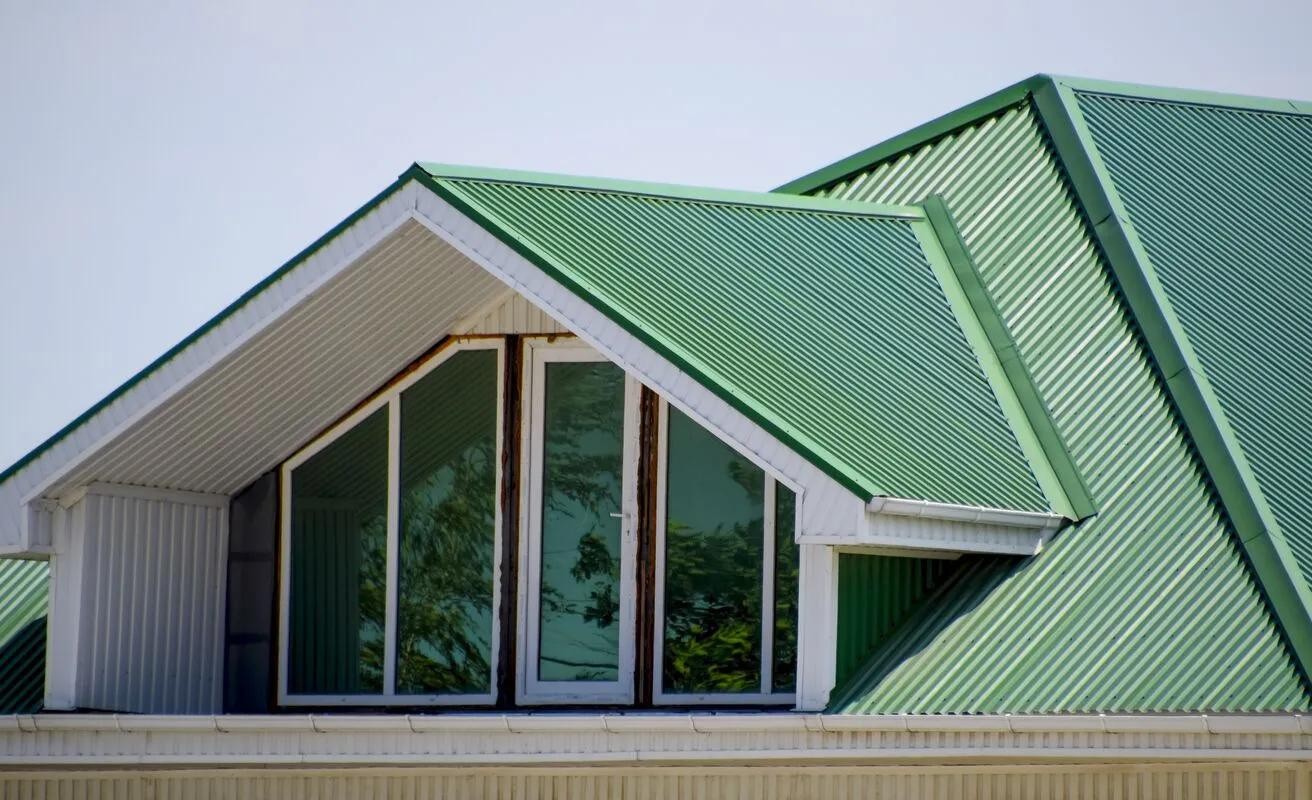
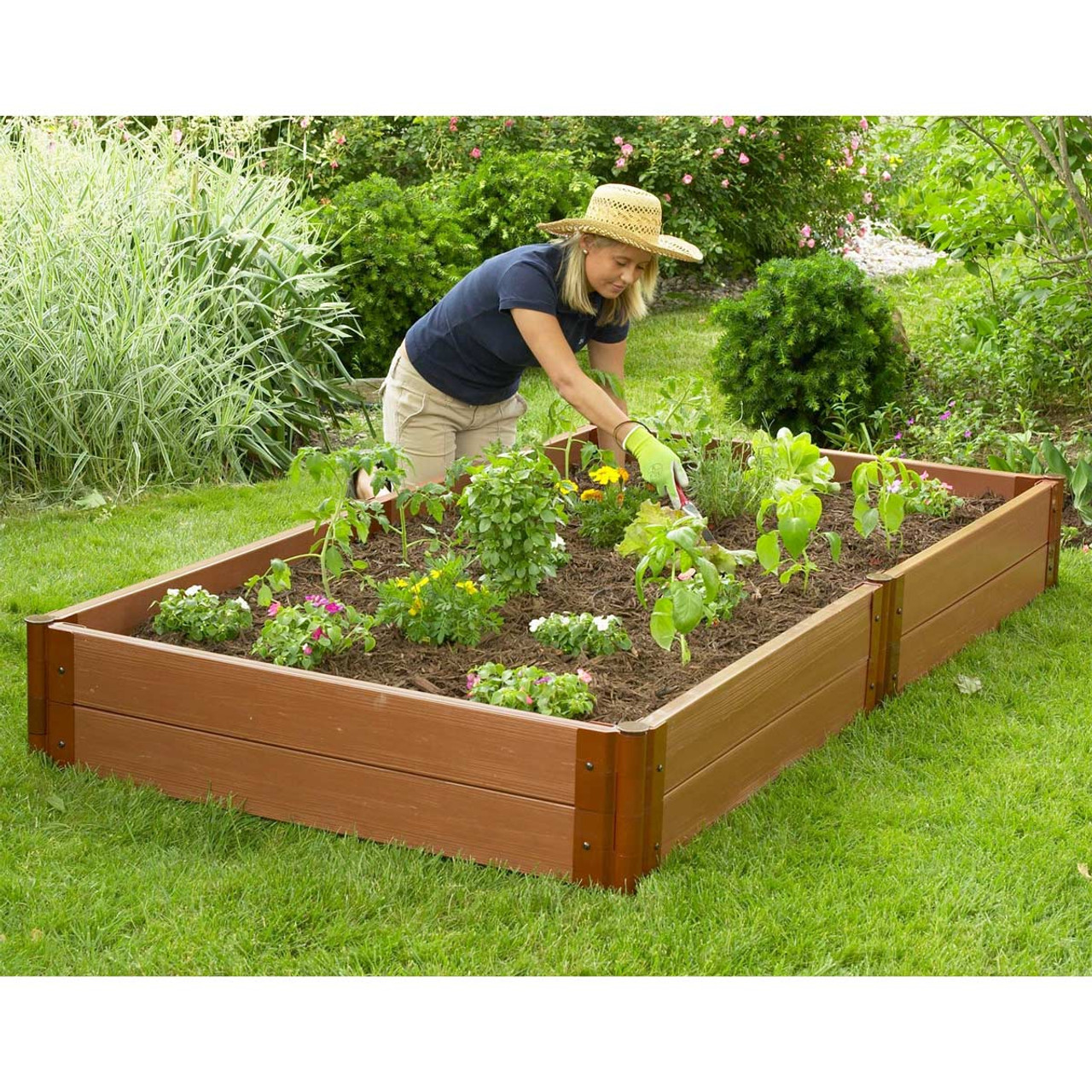

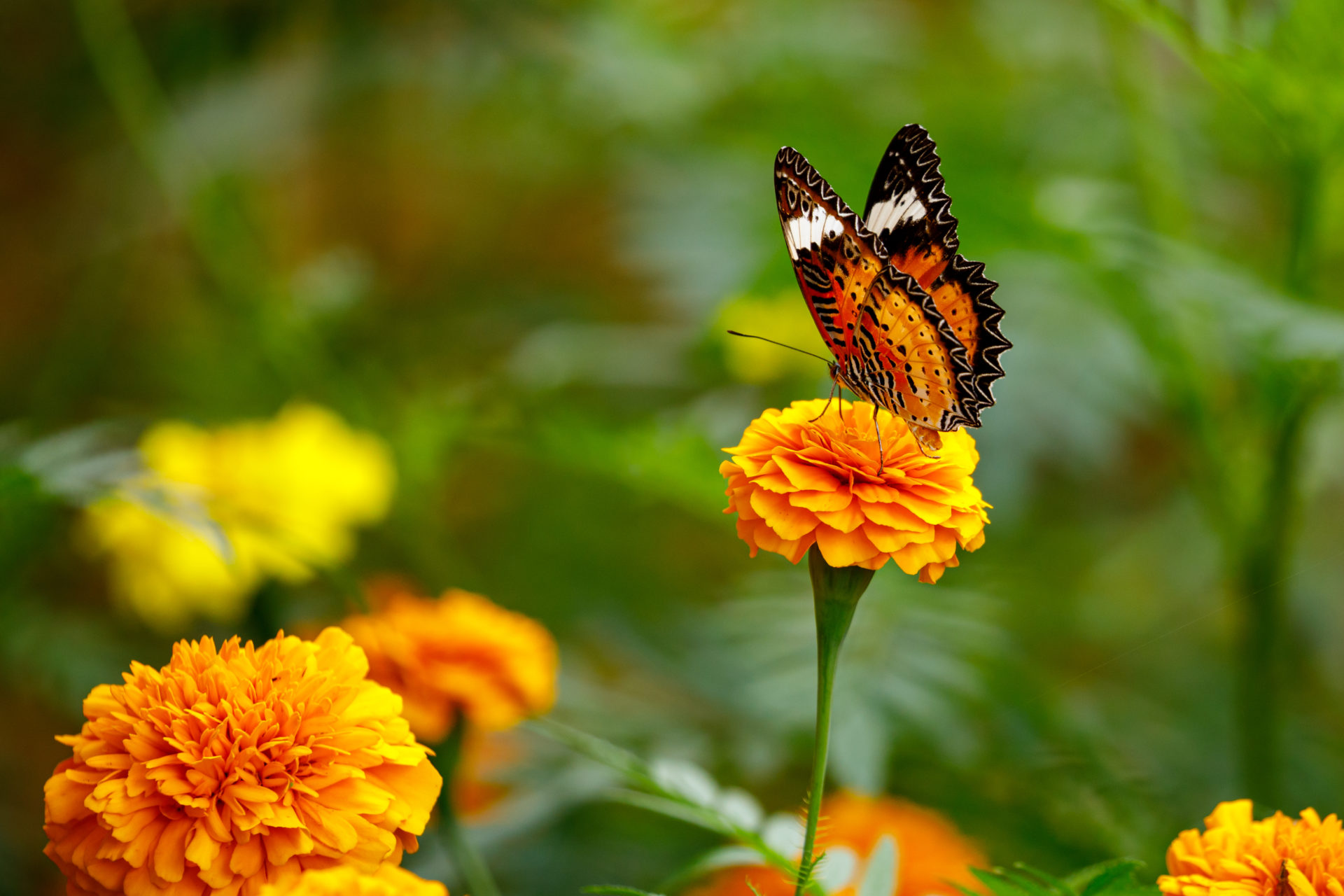

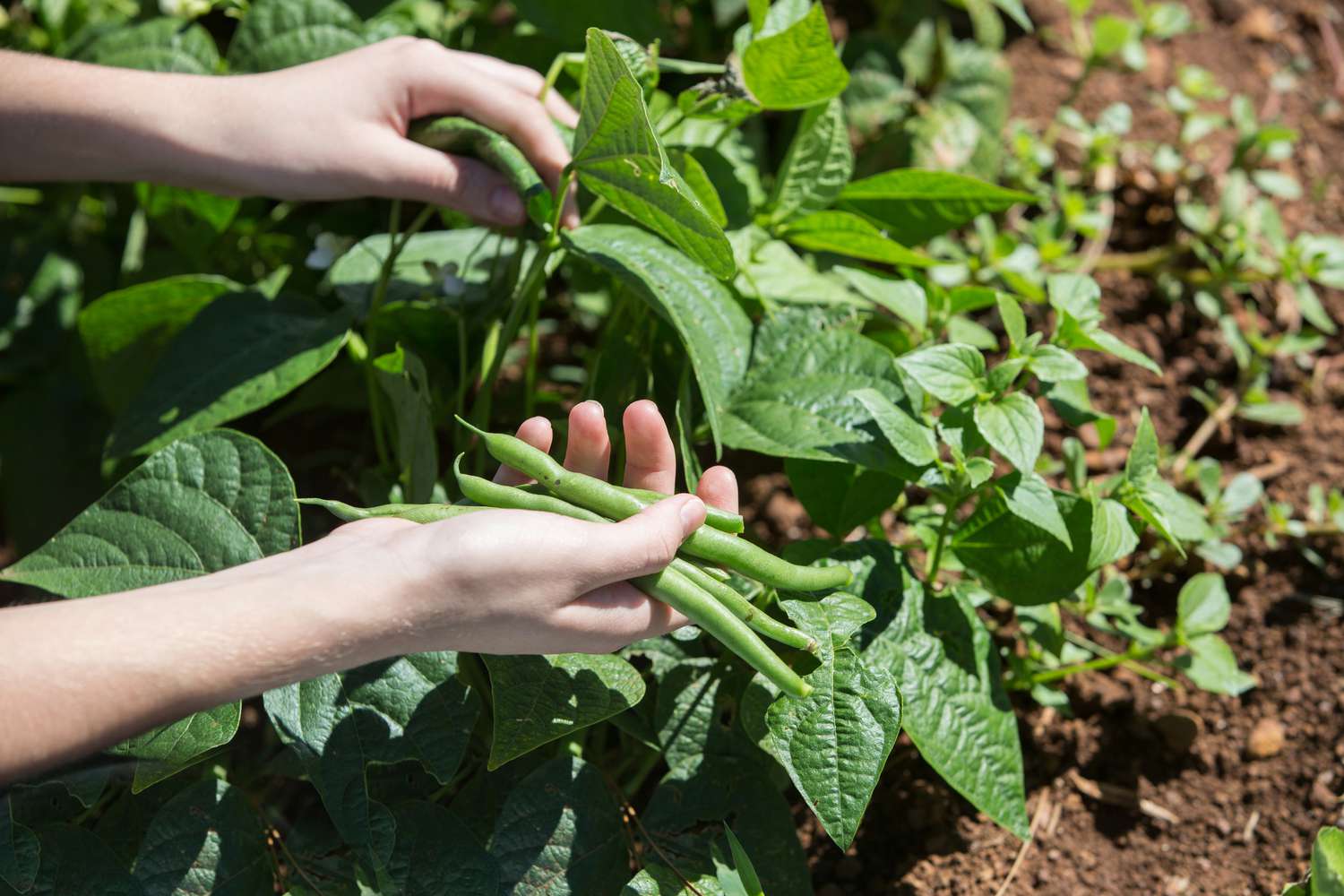
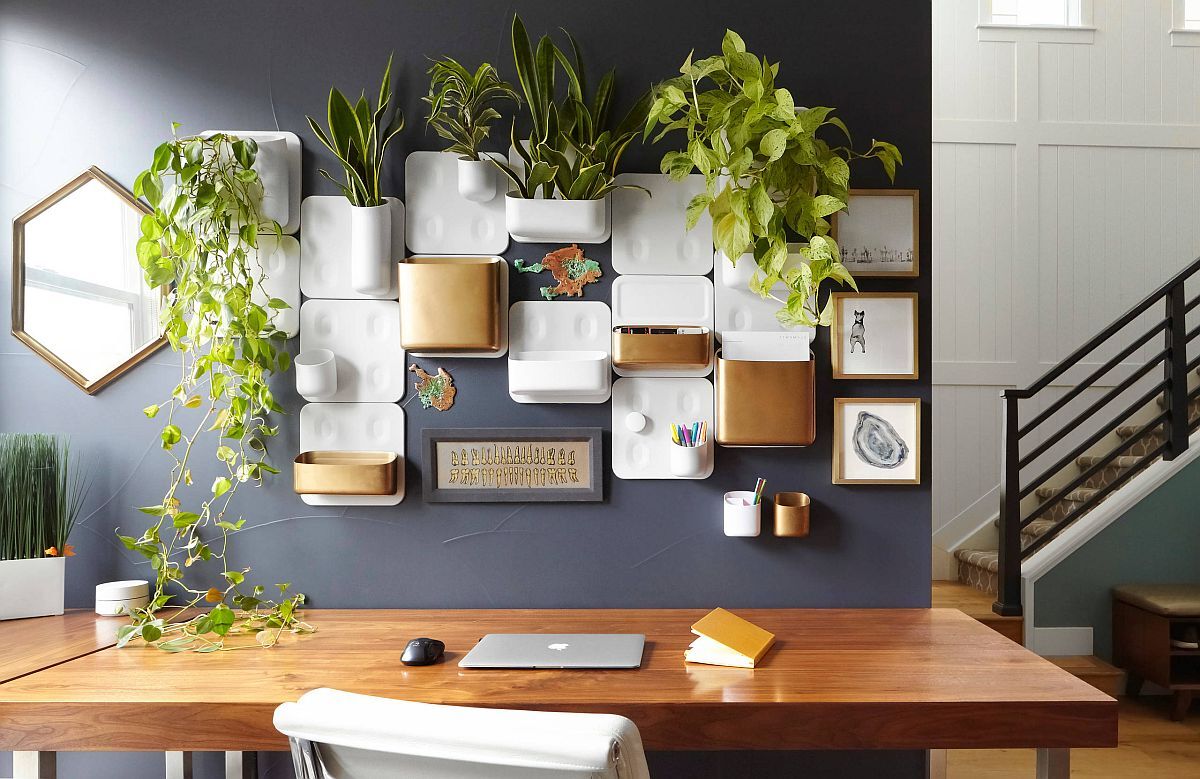
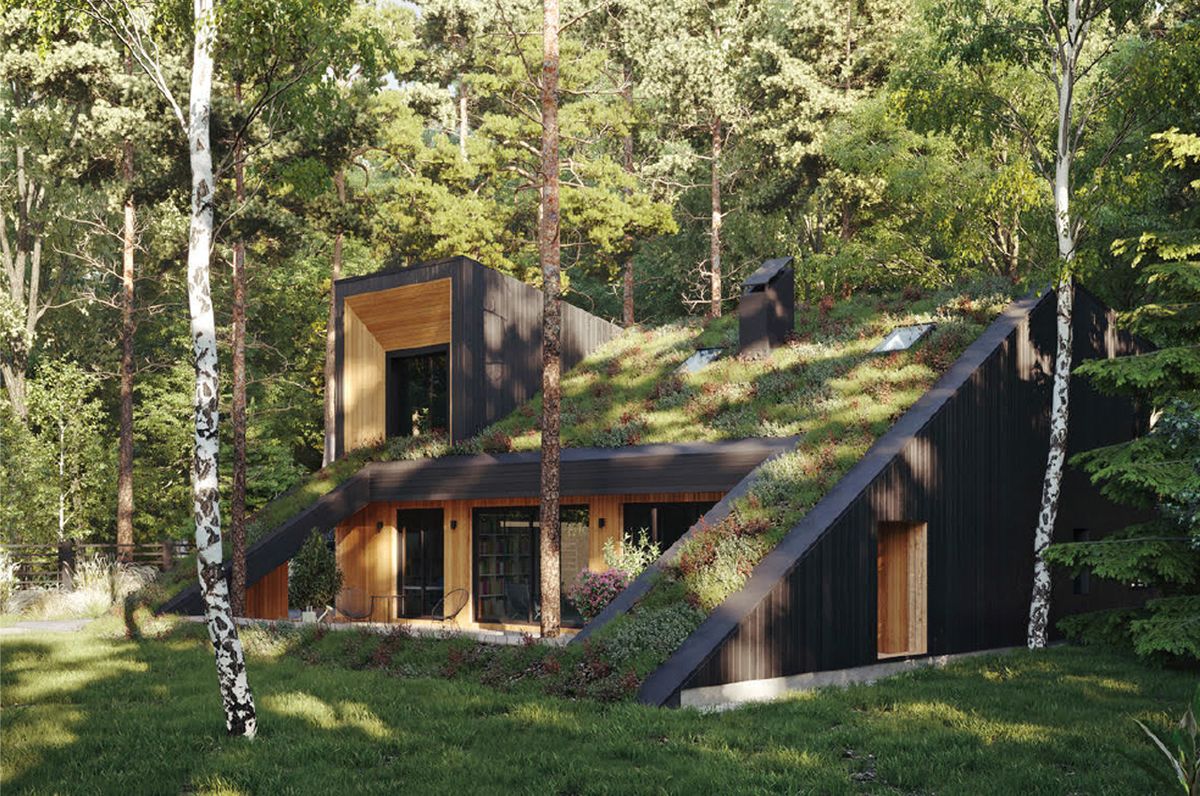
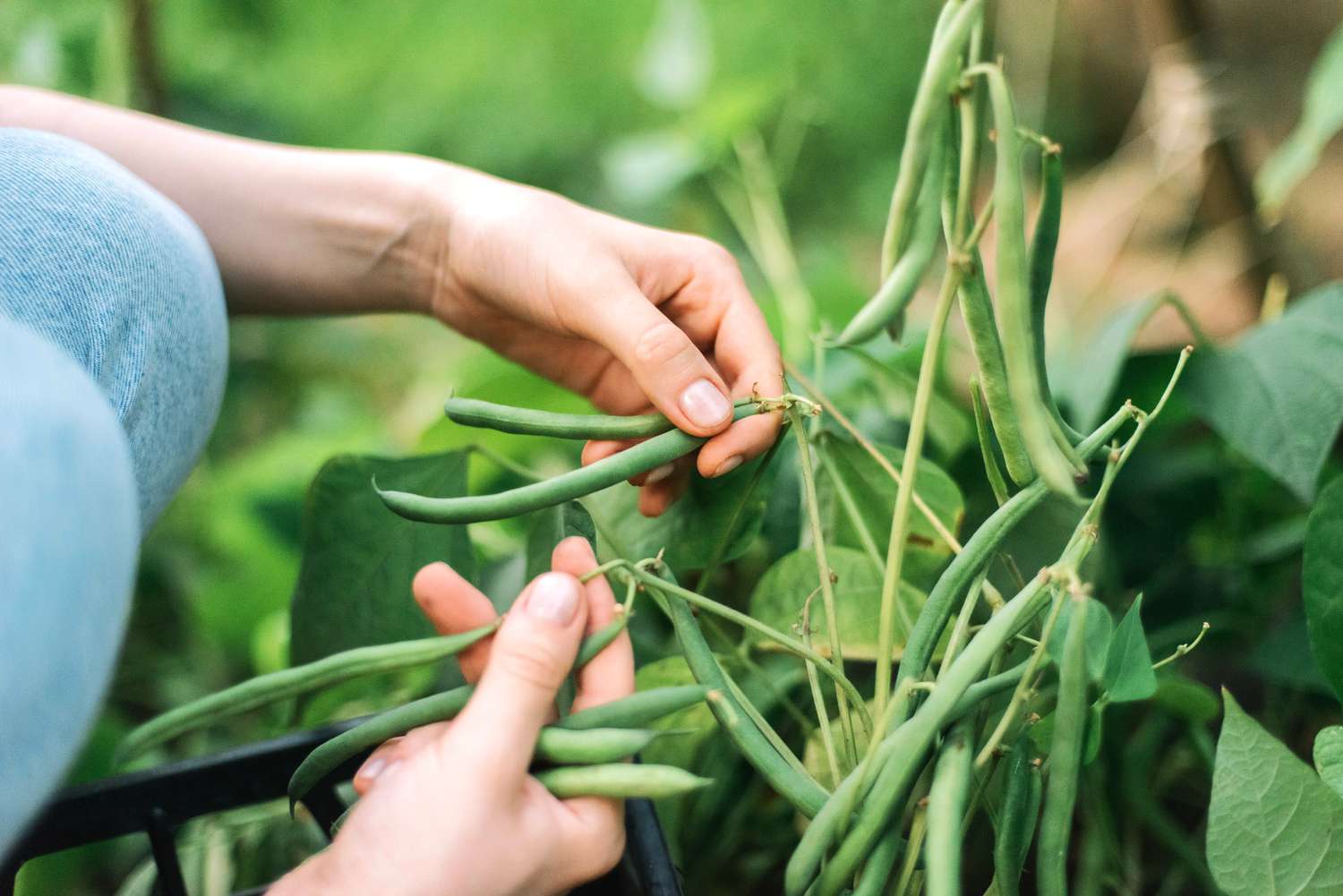

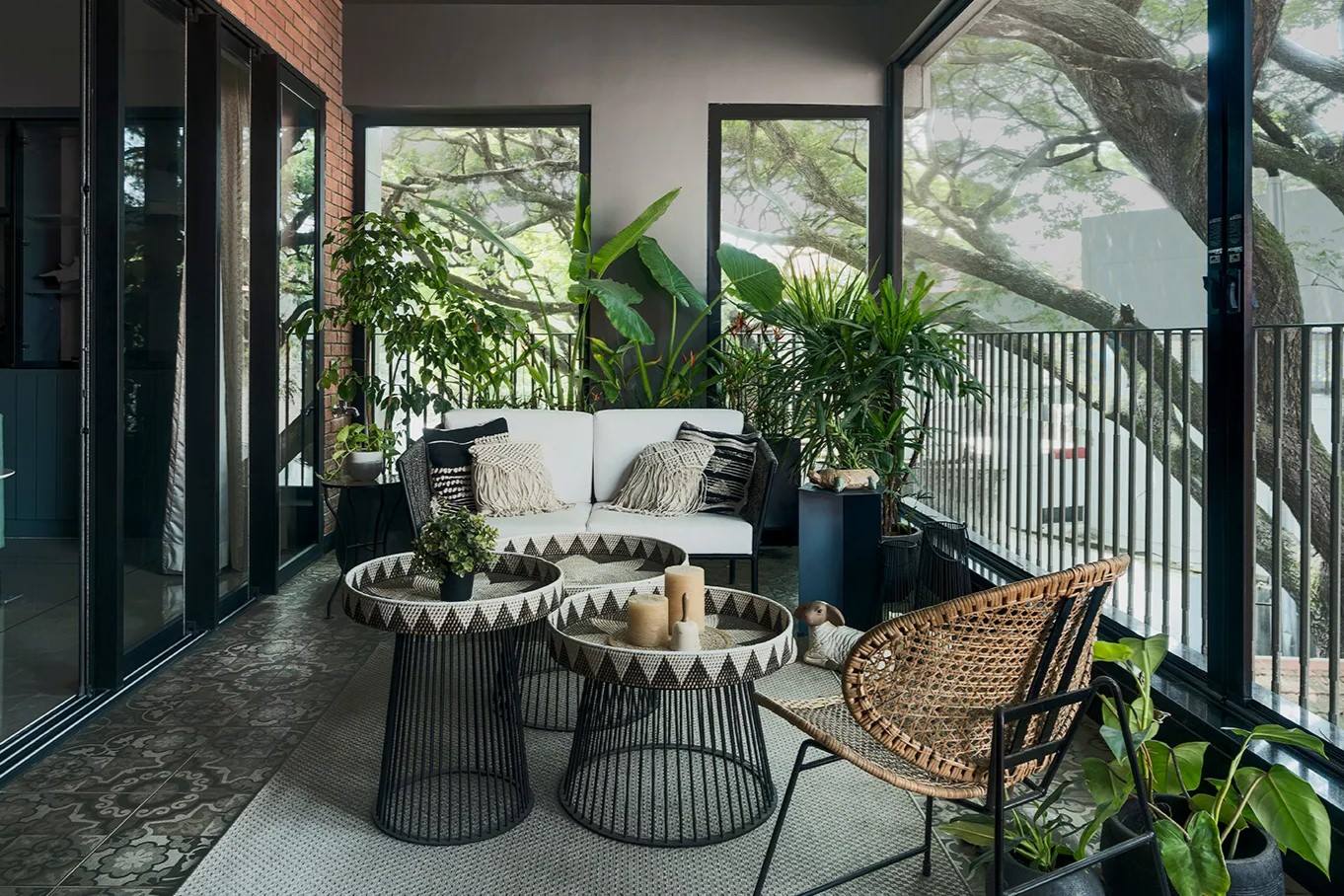
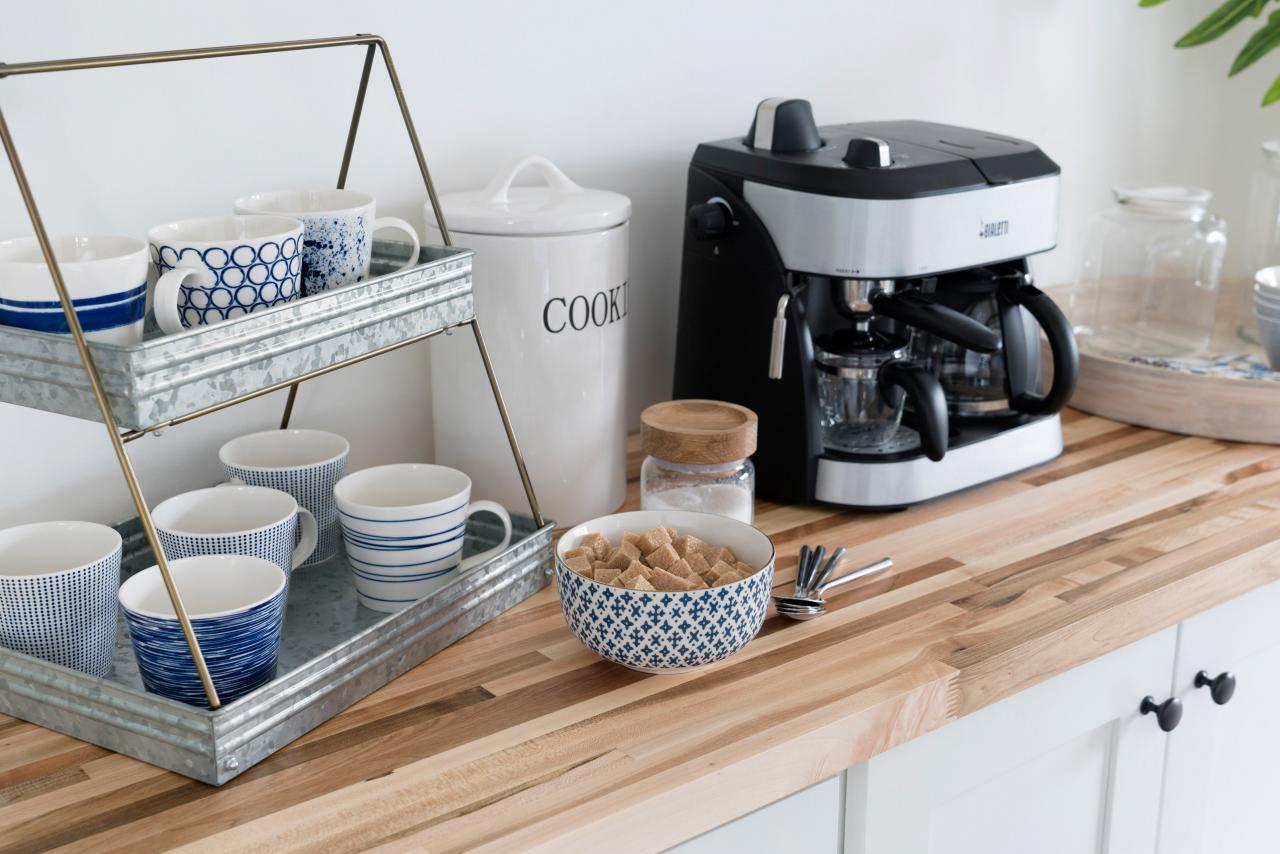
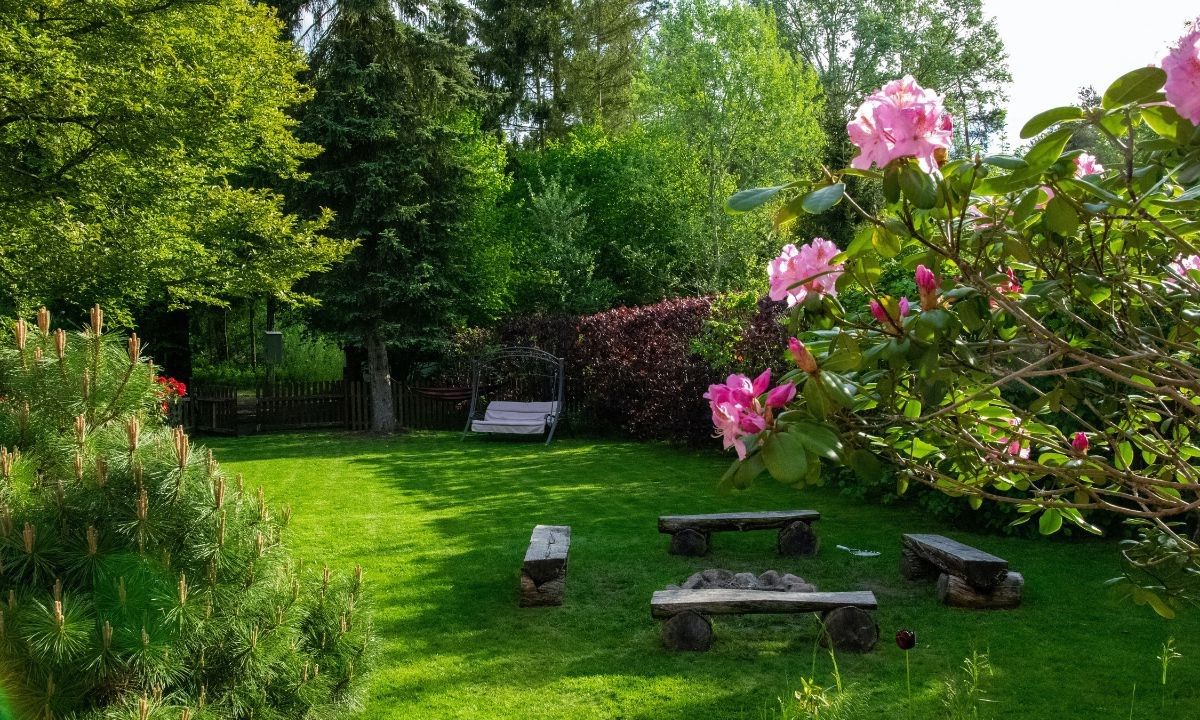

0 thoughts on “How To Create A Green Space On A Roof”